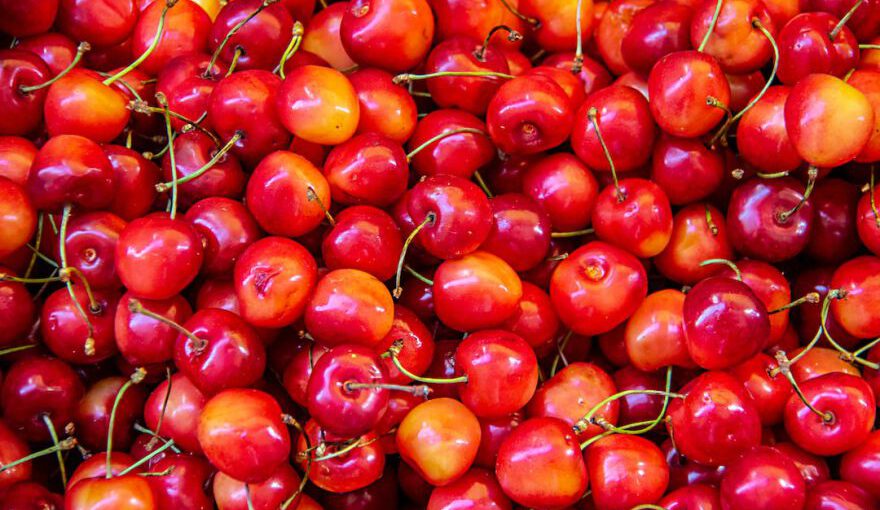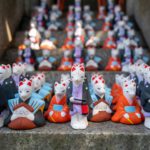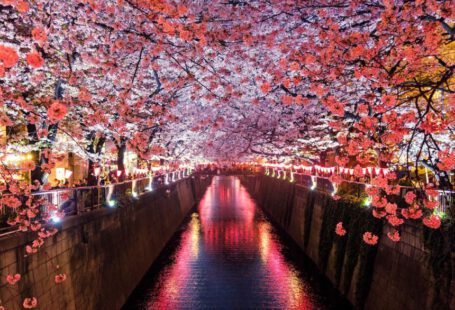The Significance of Cherry Blossoms in Japan
Cherry blossoms, also known as sakura in Japanese, are more than just beautiful flowers that bloom for a short period of time. They hold a deep cultural and historical significance in Japan, captivating locals and visitors alike. From ancient traditions to modern-day celebrations, the cherry blossoms are an integral part of Japanese culture. In this article, we will explore the significance of cherry blossoms in Japan and delve into the various ways in which they are celebrated.
Symbol of Transience and Beauty
The fleeting nature of cherry blossoms is one of the reasons why they hold such significance in Japan. The sakura bloom for a very short period, usually around one to two weeks, before the petals fall gracefully to the ground. This ephemeral beauty is seen as a reminder of the transient nature of life itself. The Japanese have long embraced the concept of impermanence, finding beauty in things that are temporary. The cherry blossoms serve as a poignant symbol of this philosophy, encouraging people to appreciate the present moment and find beauty in fleeting experiences.
Hanami: The Tradition of Flower Viewing
One of the most beloved and widely practiced traditions in Japan is hanami, which translates to “flower viewing.” During the cherry blossom season, parks, gardens, and other public spaces become adorned with shades of pink and white as people gather to celebrate and enjoy the beauty of the sakura. Families, friends, and even coworkers partake in hanami, spreading out picnic blankets and feasting under the blossoming trees. It is a time of joy, relaxation, and an opportunity to appreciate the natural wonders of Japan.
Historical and Cultural Significance
Cherry blossoms have deep roots in Japanese history and culture. They have been celebrated for centuries and are often depicted in traditional art forms such as paintings, poetry, and pottery. The association of cherry blossoms with the samurai class further solidified their cultural significance. The samurai, known for their bravery and honor, often incorporated cherry blossoms into their emblems and armor. This symbolism represented the fleeting nature of life and the samurai’s acceptance of mortality.
Cherry Blossom Festivals
Throughout Japan, cherry blossom festivals, known as hanami matsuri, are held to celebrate the arrival of spring and the blooming of the sakura. These festivals attract millions of visitors each year, both domestically and internationally. The festivities include traditional performances, food stalls, and illuminated night views of the cherry blossoms. Some of the most famous cherry blossom spots in Japan, such as Tokyo’s Ueno Park and Kyoto’s Maruyama Park, host grand celebrations that last for several weeks. The festivals not only showcase the beauty of the cherry blossoms but also provide a platform for cultural exchange and community bonding.
Cherry Blossoms and the World
The allure of cherry blossoms extends beyond Japan’s borders. Many countries around the world, including the United States, Korea, and Germany, have adopted the tradition of hanami and host their own cherry blossom festivals. These celebrations serve as a testament to the global impact of Japanese culture and the universal appreciation for the beauty and symbolism of cherry blossoms.
In conclusion, the cherry blossoms hold great significance in Japan. They symbolize the transient nature of life, inspire the practice of hanami, and are deeply rooted in the country’s history and cultural traditions. The cherry blossom festivals bring communities together and showcase the beauty of these delicate flowers. Whether you witness them in Japan or in another part of the world, the cherry blossoms are a captivating reminder to cherish the present moment and find beauty in the fleeting.





